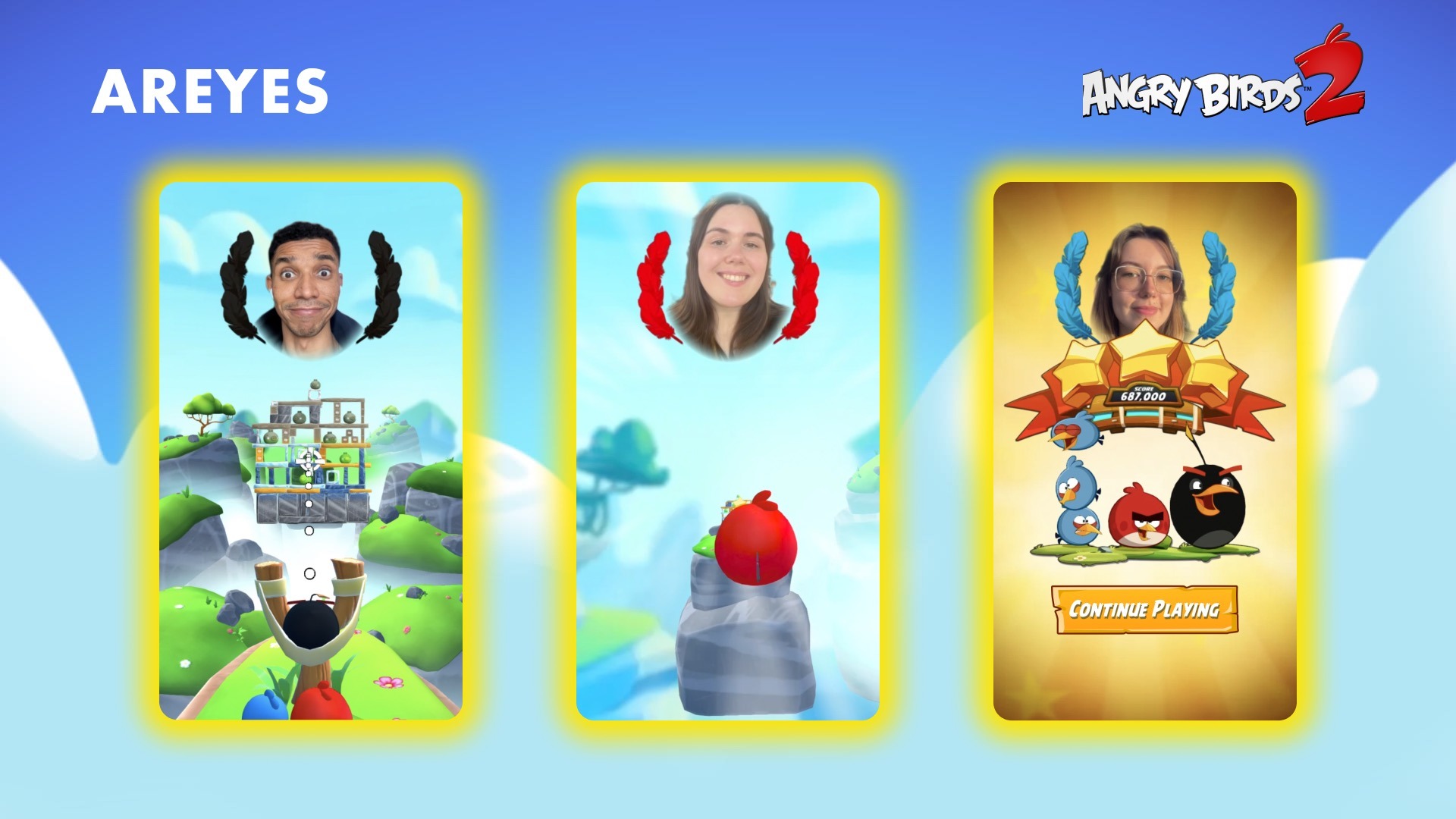Anger Management
- Friday, March 9th, 2018
- Share this article:
As the makers of Angry Birds fly the UK coop, Amit Dar, strategic partnerships lead at Taptica, reflects on the challenges of marketing gaming apps in a tough market.
 Hit mobile game Angry Birds made its debut in 2009 and stormed the mobile gaming charts with 3bn downloads and 5m hours of game time a day, as a global obsession with slinging multicoloured avian creatures at mysterious green pigs took hold.
Hit mobile game Angry Birds made its debut in 2009 and stormed the mobile gaming charts with 3bn downloads and 5m hours of game time a day, as a global obsession with slinging multicoloured avian creatures at mysterious green pigs took hold.
But despite so much acclaim from users, this week the mobile gaming veteran Rovio – the creator of Angry Birds – has been knocked off its perch, announcing the closure of its London office following a profit warning, blaming tough competition and higher marketing costs for the bleak outlook.
There are an infinite number of game developers battling for consumer screen time in a saturated and extremely competitive market, including gaming giants like King, Electronic Arts (EA) Mobile, and Activision, but also smaller Indies like Voodoo, which has grown from 10 games to over 70, including four in the Top Free Apps list. What’s more, mobile users have on average around 10 apps open each day, which, considering there are 2.8m apps on Google Play, and 2.2m on the App Store, means it’s a tough market to crack.
Becoming the go-to gaming app can be an insurmountable challenge because of these reasons, and most apps don’t generate profit themselves, simply acting as an extension of the business they’re part of. Driving installs is essential, but the longer-term strategy needs to look at ways to retain customers using a lifetime engagement model. And this doesn’t necessarily need to be an
expensive undertaking.
With this in mind, here are my top five tips for long term engagement for continued success in the gaming market:
Convert long-term users using appropriate channels
The long-term aim for mobile gaming businesses is not just to retain new users, but to build a relationship with them over time so that they are loyal. This is all about attracting and converting the ‘right users’ from the start, rather than just aiming for a number of acquisitions. This can be achieved by using appropriate channels to engage and connect with users, and understanding the nuances of each to be able to use the best one to attract your target audience.
Ensure that in-game purchases are relevant
In-game purchases can be a key driver of revenue, if they are done correctly. Ultimately, it’s about building a relationship with users so it feels natural for them to visit a shop and make a purchase. Some businesses get this wrong and create a scenario where consumers have to make purchases just to continue playing a game. This doesn’t provide any additional value for the user, so many users may simply switch off and go elsewhere.
Careful with those push notifications
Push notifications can be beneficial because they serve as a reminder and drive post-acquisition app engagement. But, some users find them irritating and intrusive, so a balance is needed to make sure you don’t disengage otherwise loyal users. To put it simply, they need to be used sparingly where they will have the most impact.
You can be more creative with your use of push notifications, moving beyond simple text, to include images, videos and GIFs, that are more enticing to the user. It’s worth testing these to see what method works best for your users, and then allowing them to control what notifications they receive via the settings within the app.
Creating a personal experience
Consumers have a hugely intimate relationship with their mobile devices, so the relationship with an app needs to take this into consideration. Therefore, any method you use to engage with your users must be relevant and engaging, but also personalised so that it adds value to their experience. Ensure the advertising you are serving fits contextually within the user experience, and make sure that nothing interrupts or intrudes on the experience.
Personalisation through name-, location- or behaviour-based tailoring remains one of the best ways to engage customers in the long term. All of these allow the user to feel like they are being personally catered to and offered something unique.
Continue to re-engage customers
User data can be used to not only acquire new users but also to build retention with active and dormant users. For example, a mobile gaming business could advertise its other gaming products to its existing user base, and offer them a small reward for a download. Playrix is particularly good at doing this across its various games, including Homescapes, Gardenscapes and Township, where they offer in-game currency or additional lives in return for downloading a new game.
Lifetime loyalty
Curating lifetime loyalty is a delicate process that needs to filter through every part of the business strategy and user journey. This needs to be tailored to the individual business and can be aligned with long-term targets. By keeping customer experience front of mind, and ensuring that the strategy is personal, mobile gaming businesses can build longer term business stability.
The announcement from Rovio should be a stark reminder that even the biggest names can struggle, and there is lots the industry can learn from reflecting on its business journey.
















